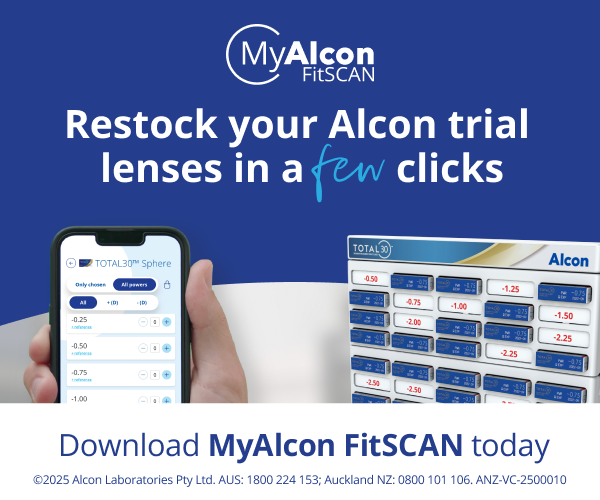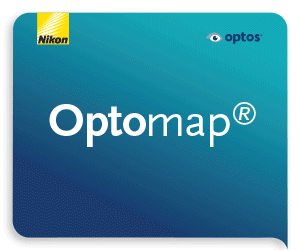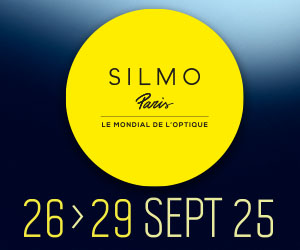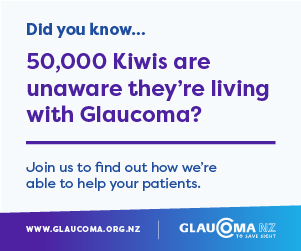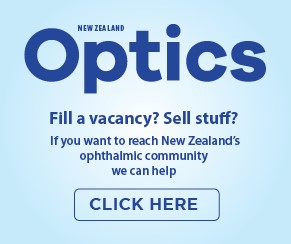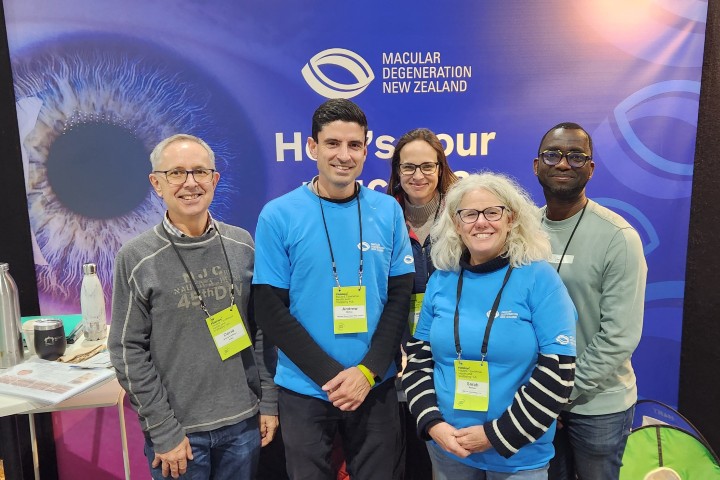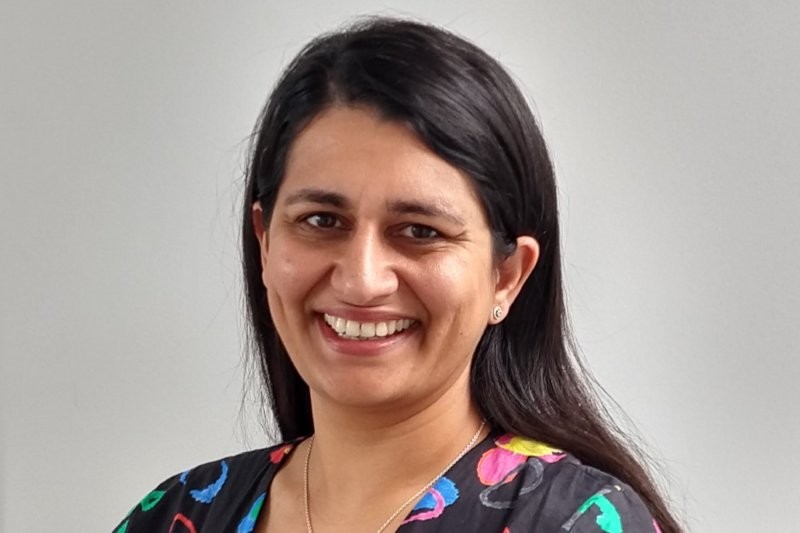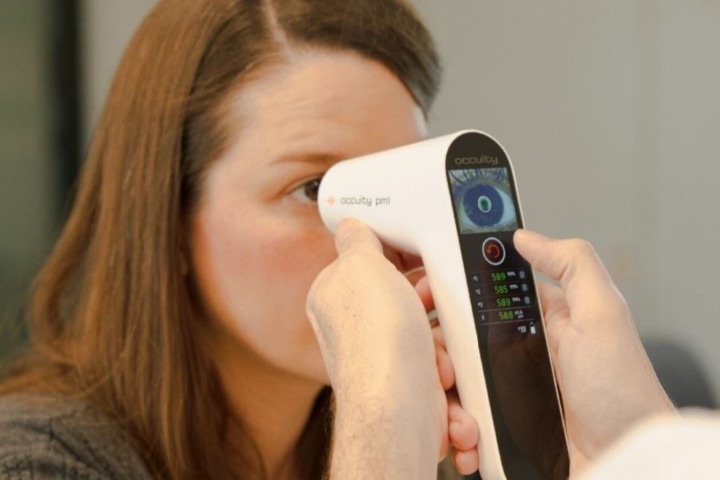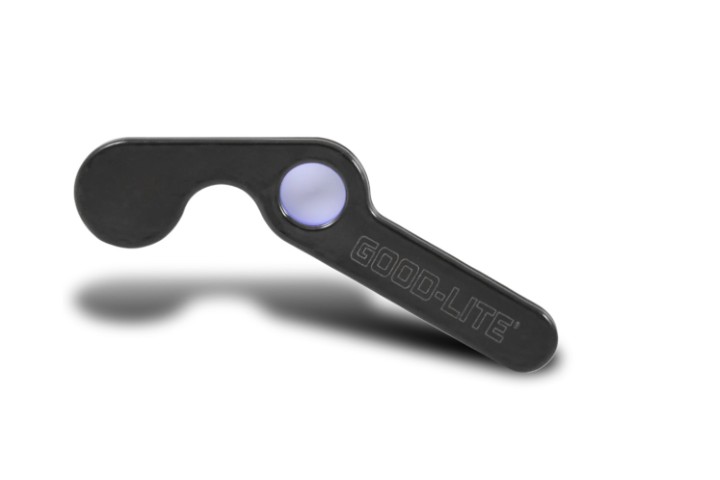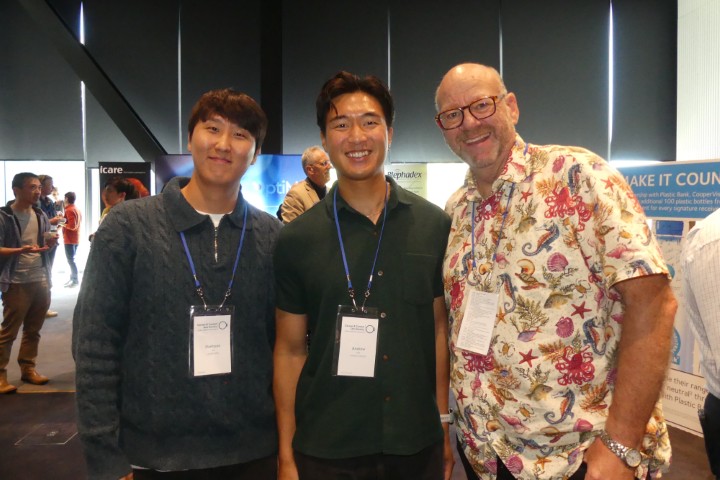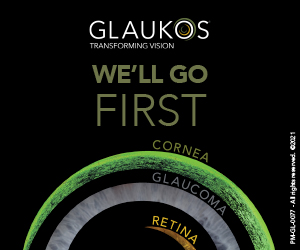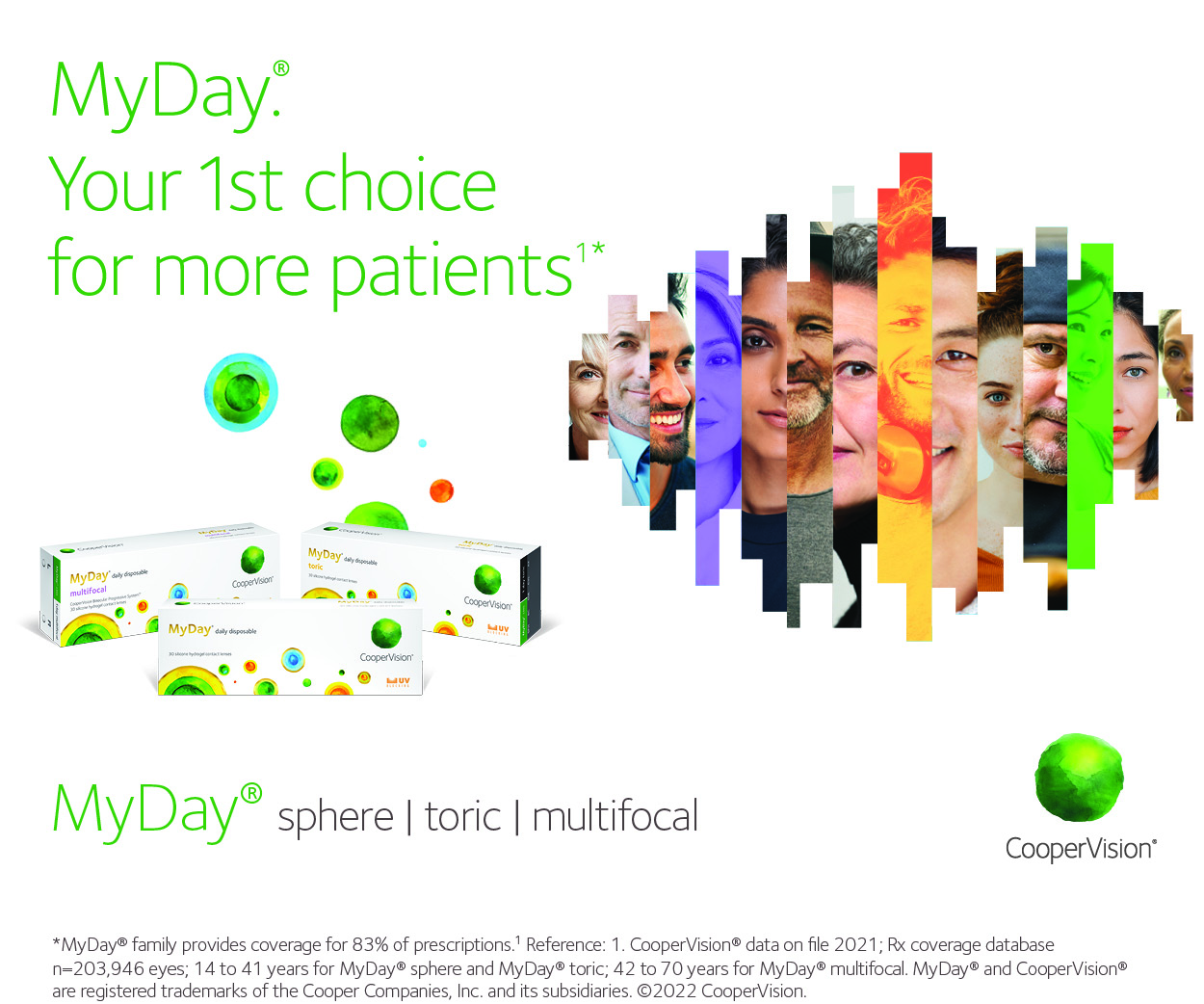oDocs’ ophthalmic future grants
New Zealand-based social enterprise and ophthalmic diagnostic technology company, oDocs Eye Care, has been awarded two Health Delivery Research Activation Grants from the Health Research Council (HRC) to study the feasibility of a New Zealand teleophthalmology service and the cost-effectiveness of a national myopia screening programme.
This welcome news had helped mitigate what has otherwise been a very challenging year, said oDocs’ founder and CEO Dr Sheng Chiong Hong. “Funding from Dubai, Spark, HRC, Precision Driven Health and Callaghan Innovation have helped spur our innovation and bring real world products to the market.”
The first HRC grant of $29,600 will enable oDocs to undertake a comprehensive literature review of the use of telehealth and teleophthalmology in New Zealand. Specifically, it will be used to help fund the employment of a statistician, researcher, summer students and data scientists needed for the project, said Dr Hong.
oDocs’ myopia screening research, covered by the second grant of $30,000, will analyse the cost-effectiveness of establishing a myopia screening and treatment programme in New Zealand. It will review multiple scenarios for myopia screening and treatment and perform a cost-effectiveness analysis for each, said Dr Hong. Results should be published in mid-2021.
Receiving the grants is ‘tremendous’ news, said Gisborne-based ophthalmologist Dr Graham Wilson, who will work with Dr Hong on the myopia screening study. Dr Wilson is a founding member of the New Zealand Myopia Action Group (NZMAG), which is currently focusing its efforts on accessing funding for low-dose atropine to better control myopia.
The HRC’s Health Delivery Research Activation Grants are designed to help clinical and non-clinical researchers kick-start larger-scale projects to gather evidence to allow them to apply for further, more established research grants.
New smartphone retinal camera
In other news, oDocs has released a new nun IR smartphone-based retinal camera, designed to make eye care technology, diagnosis and screening more affordable, portable and accessible. The hand-held, non-mydriatic, high-resolution retinal camera is compatible with Android and iOS smartphones. Features include a video and still photography function to record dynamic signs, infrared illumination, 45-55 degrees field-of-view and a manual focus of -20D to +20D.





